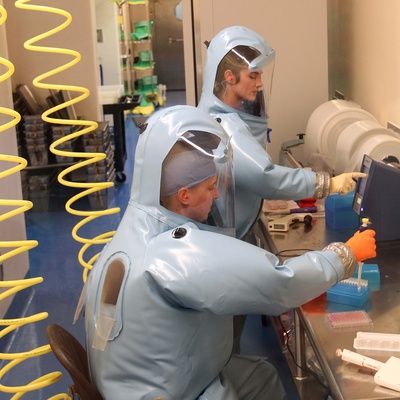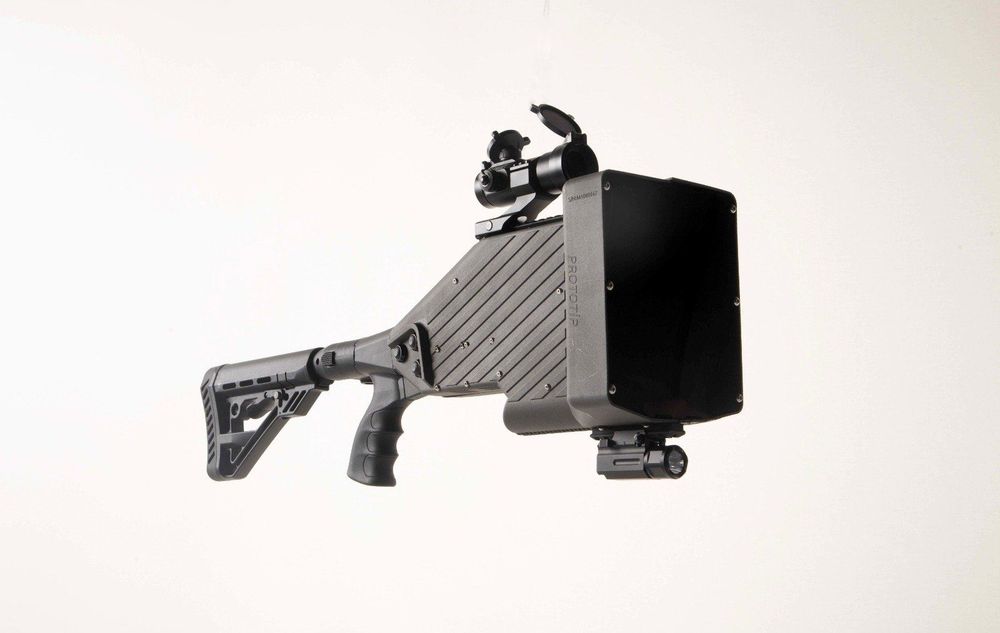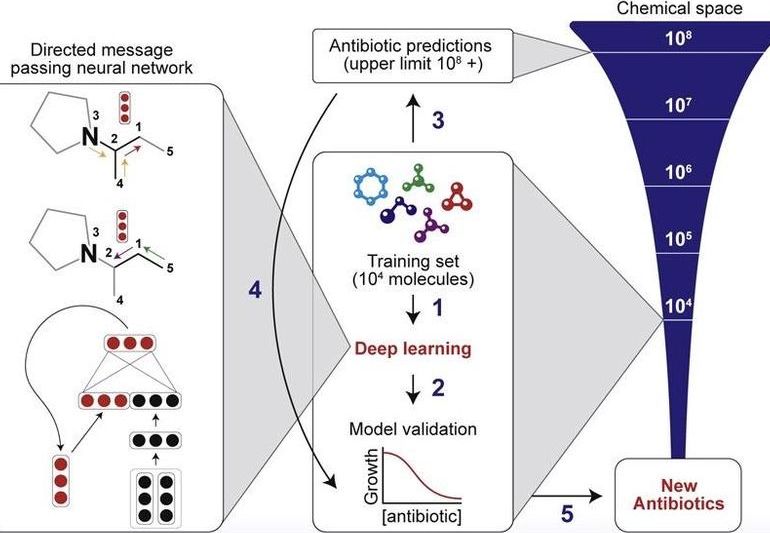Mar 15, 2020
US Military Scientists Hope To Have Coronavirus Therapeutic
Posted by Quinn Sena in categories: biotech/medical, military
A new approach would use RNA or DNA to help the body develop antibodies to the rapidly spreading illness.
A U.S. military research program that seeks a new way to boost a body’s immunity to viruses could change how governments and militaries prepare for pandemics — and might even arrive soon enough to help with the COVID −19 outbreak.
DARPAs Pandemic Prevention Platform isn’t looking to create a vaccine, which can take years to produce and weeks to take effect in the body. Rather, the goal is to identify the specific monoclonal antibodies that the body naturally produces when it encounters a virus, and then trick the body into producing the one that guards against a specific illness. That could serve as a temporary, months-long shield that can protect the individual from the pathogen until a vaccine can be brought online.



















